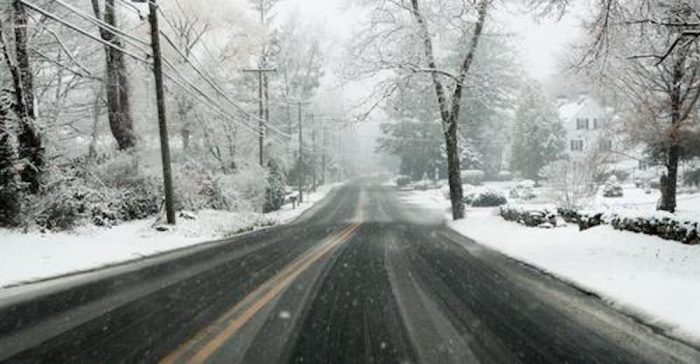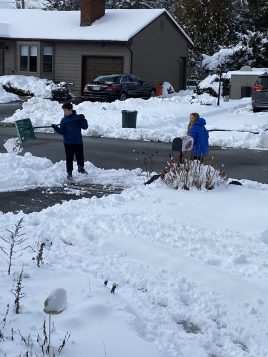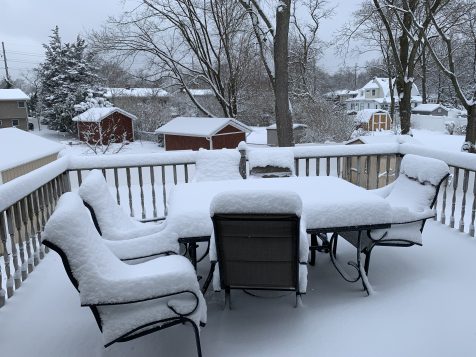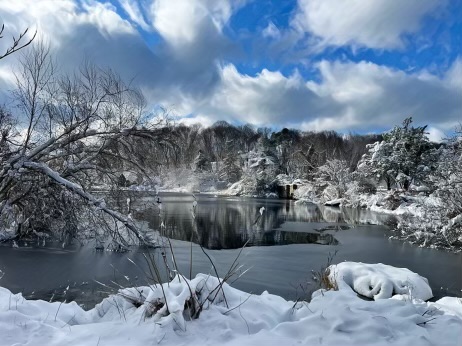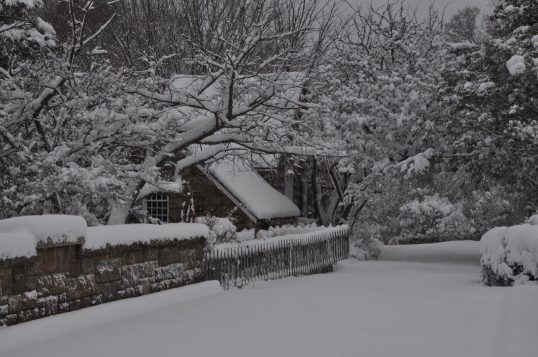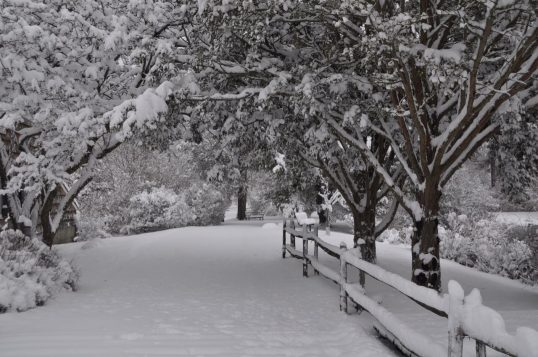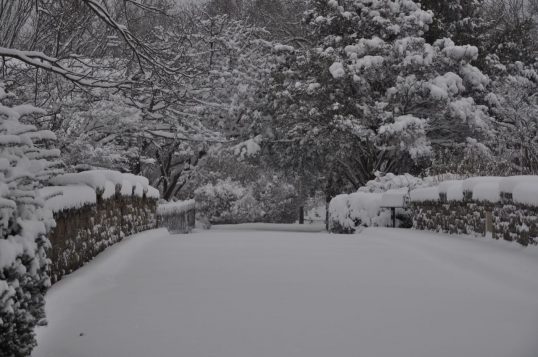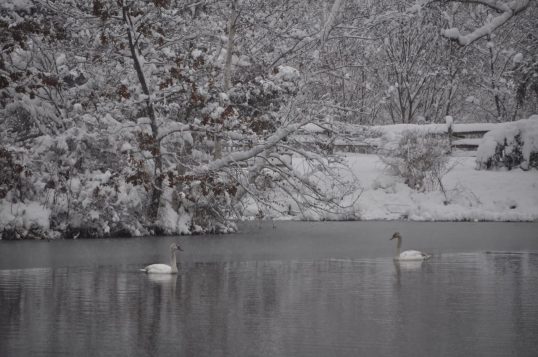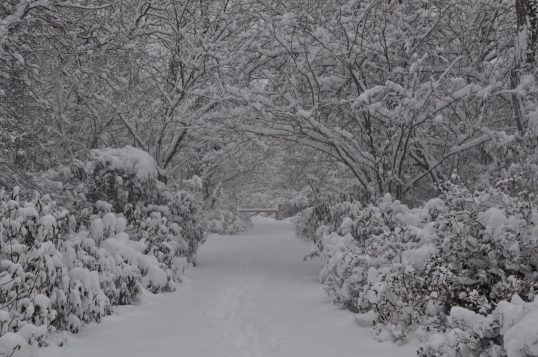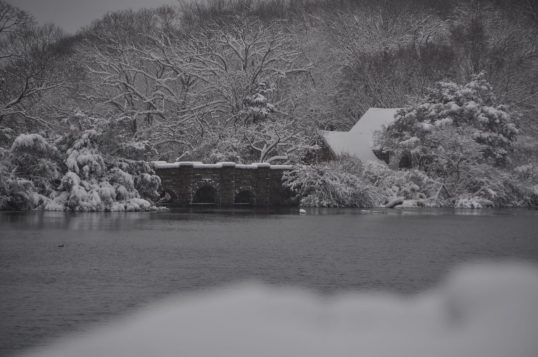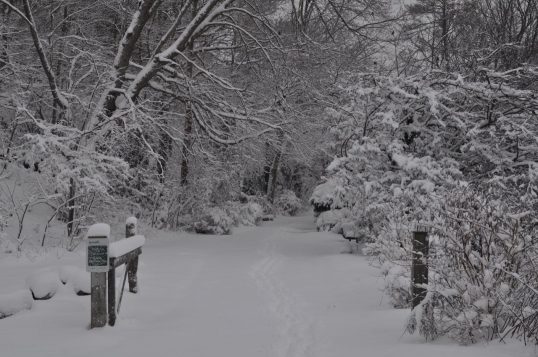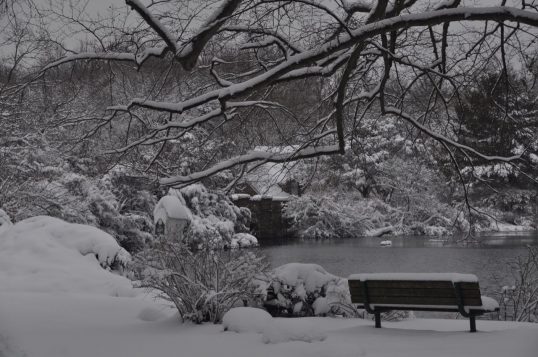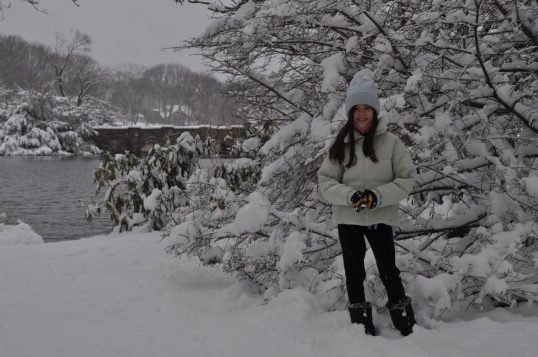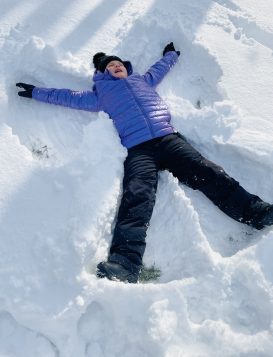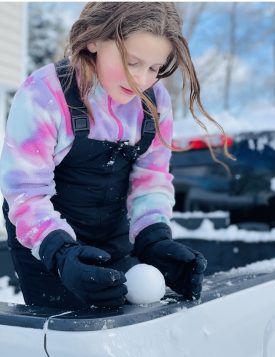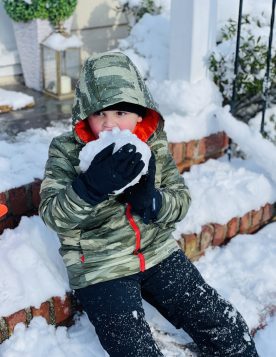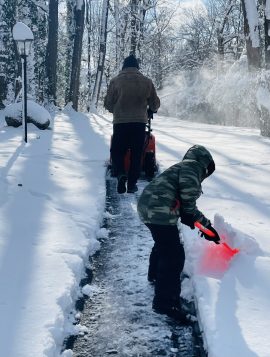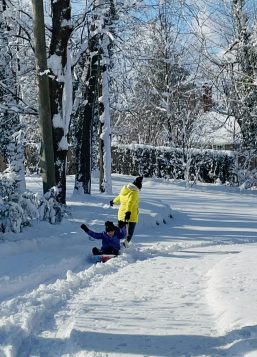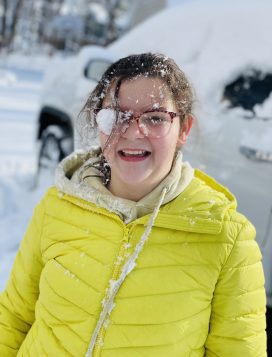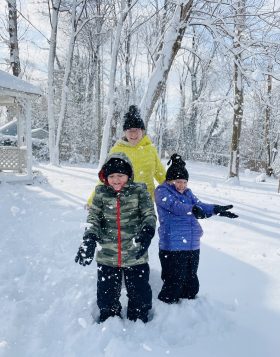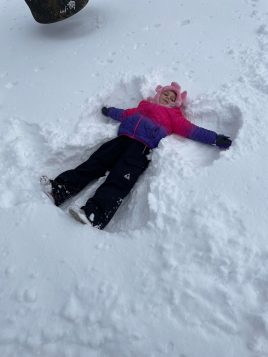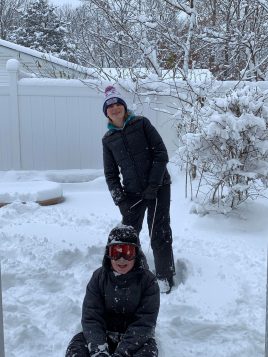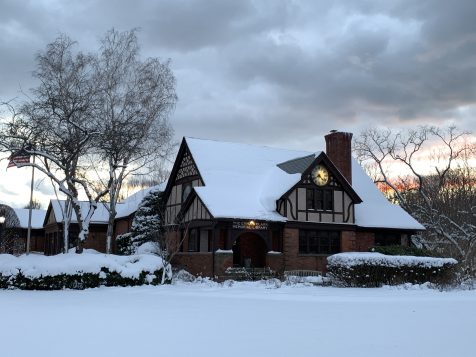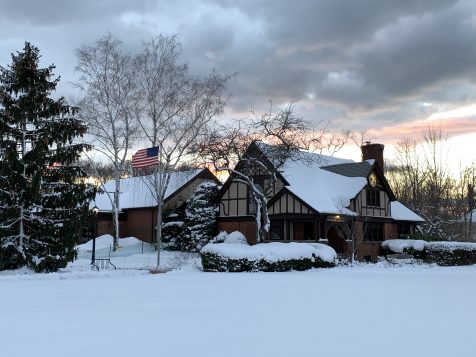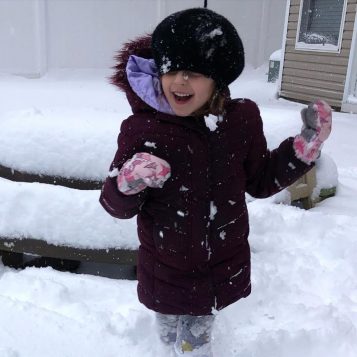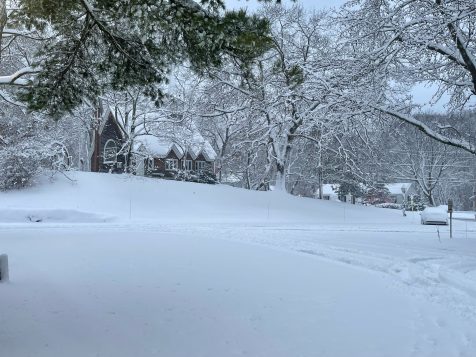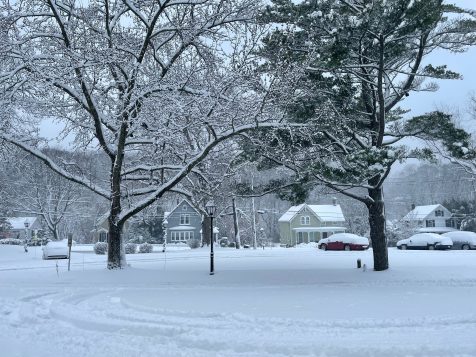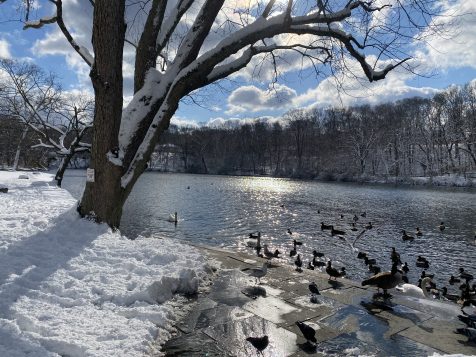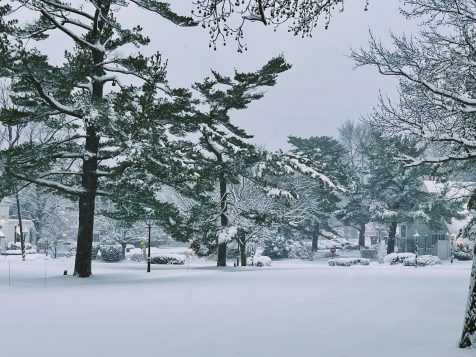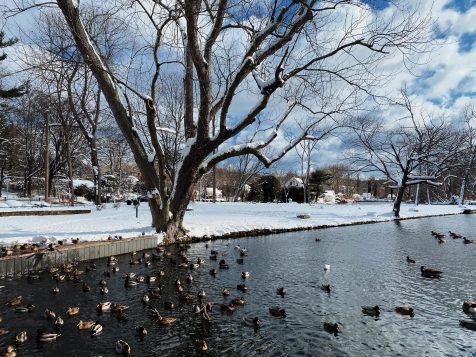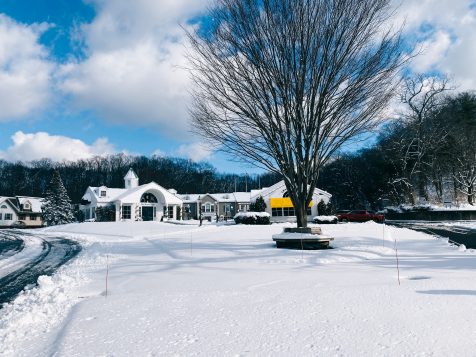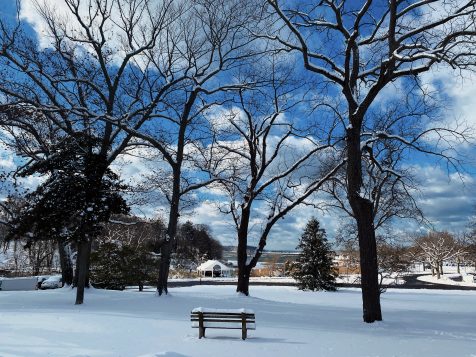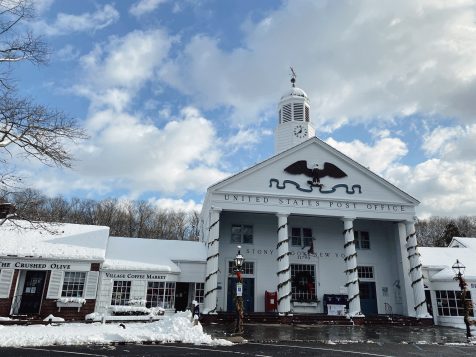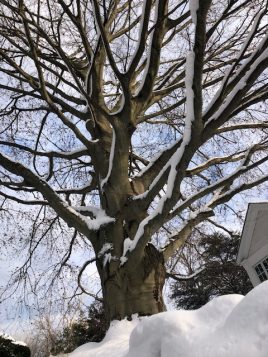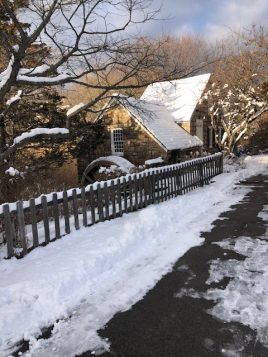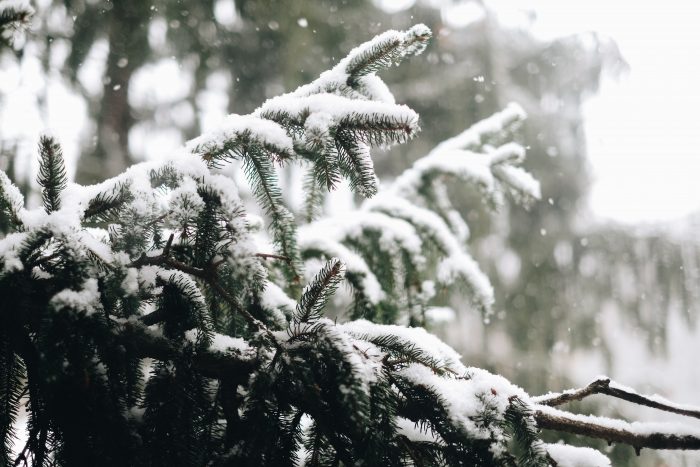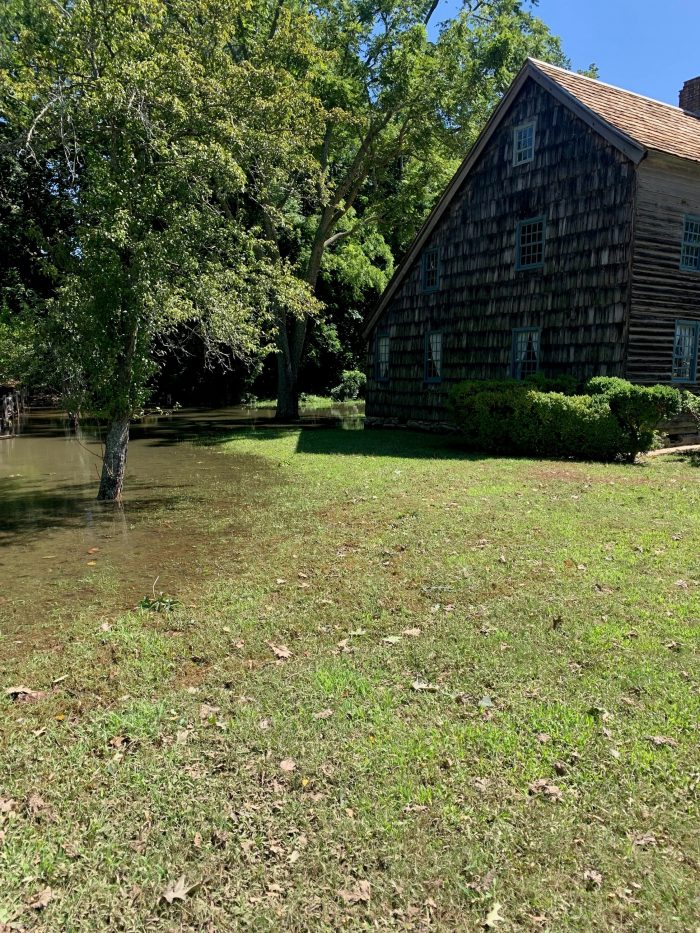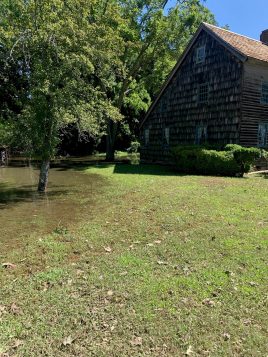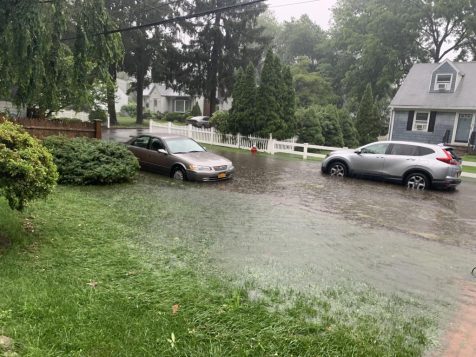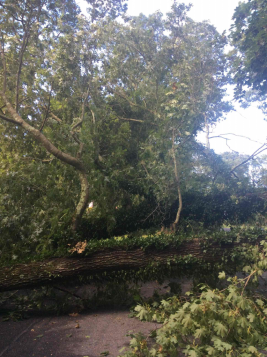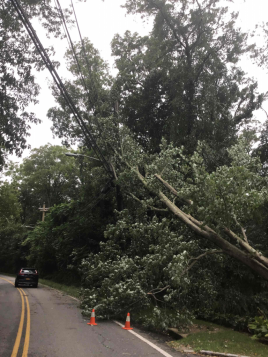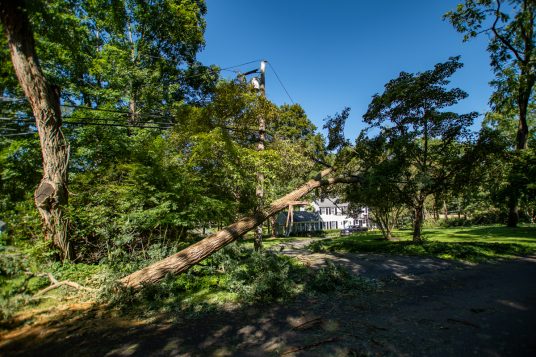By Amanda Pomerantz
The expected nor’easter over the weekend dumped more than 2 feet of snow in some areas of the Town of Brookhaven, but a big challenge was the blizzard conditions.
Snowfall started Friday night, and continued into Saturday evening. The wind kept blowing and drifting snow, and areas that had been plowed kept needing to be plowed again.
The National Weather Service reported that in the Town of Brookhaven winds reached as high as 66 mph in Stony Brook, according to the Citizen Weather Observer Program known as CWOP, and snow totals reached as high as 23.5 inches in Medford, according to a trained spotter.
But the town’s superintendent of highways, Daniel Losquadro (R), said that the cleanup was able to keep going through the blizzard conditions.
“We kept making passes and making roads as clear as possible for emergency services,” he said.
The town’s Highway Department posted a press release on Friday urging residents to take “common sense” precautions to stay safe, including staying off roads and parking cars in driveways to allow snowplows and emergency vehicles to pass.
Brookhaven covers over 530 square miles, with more than 3,700 lane miles of road. The Highway Department now has 250 pieces of hired snow-removal equipment and relies on about an equal number of outside contractors to help with plowing during snowstorms.
“There is no way we can afford that many pieces of equipment and employees to do that work,” Losquadro said.
The town had 400 pieces of equipment a few years ago, which is down almost 40%, according to the highway superintendent. He compared their equipment numbers to those of the Town of Smithtown, which he said has 40 pieces of equipment, down more than 50% from the 92 pieces it had a few years ago.
“There aren’t as many private contractors doing snow removal right now,” Losquadro said, adding that the Highway Department had advertised aggressively. He and his colleagues agreed that a scarcity of outside contractors is a problem everywhere.
He suggested that this may be due to an increase in costs and oil prices, and a ripple effect in the supply chain.
“A truck needs to go to work on Monday,” he said. “They risk damages and needing parts.”
He said that the town had a system to break up the large area into sections so that every part would get covered.
“The contractors were able to stay on,” he added.
On Sunday and Monday, the town focused on widening the snow-laden roads and cleaning intersections. “There were not too many breakdowns,” the highway superintendent said.
Brutally cold temperatures overnight on Saturday and Sunday shifted to gradually warmer weather. By Monday afternoon, Losquadro considered how the town had responded to the storm and said, “Everything went well for the most part.”



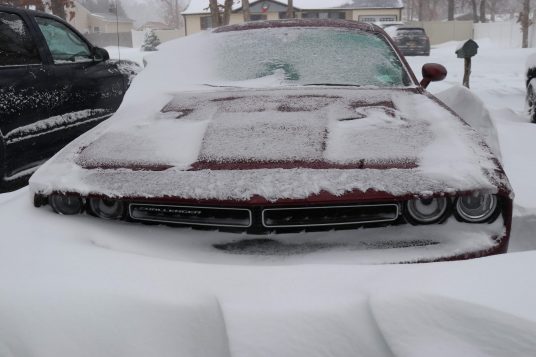


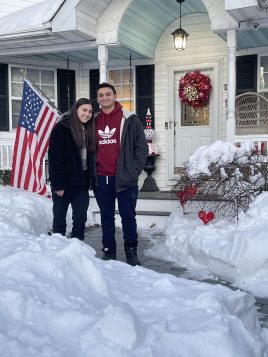


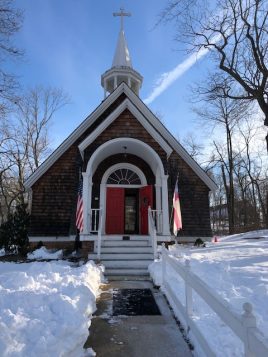
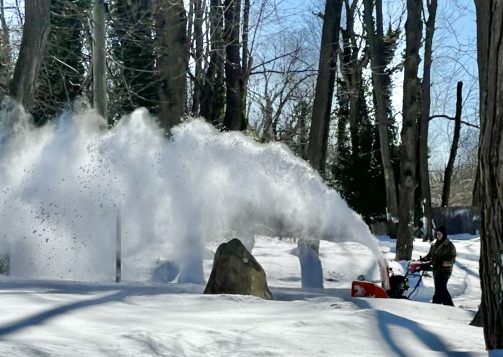
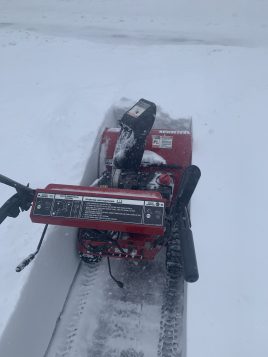
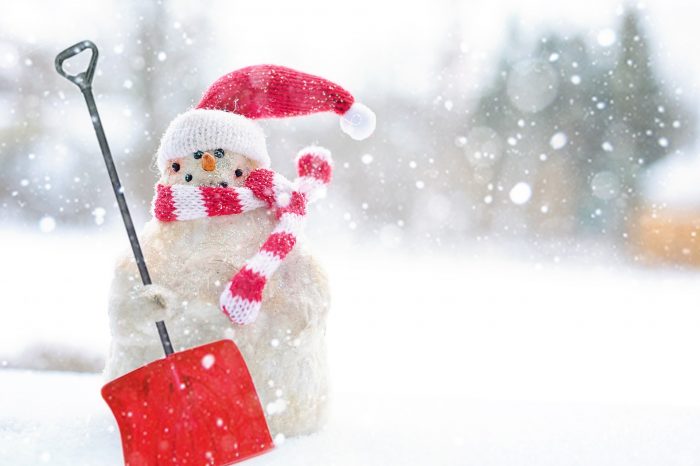
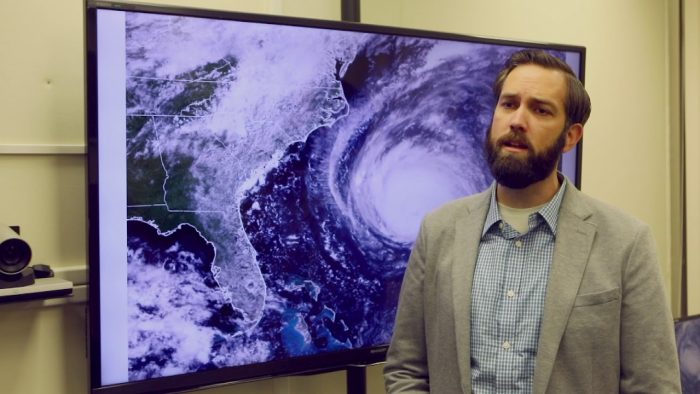
 Authors Reed and Michael F. Wehner at Lawrence Berkeley National Laboratory, point out the costs of extreme weather over the past 50 years are unevenly distributed across the world. Generally, the most financially expensive weather events have been hurricanes in the U.S., but the deadliest events are droughts and floods in developing nations.
Authors Reed and Michael F. Wehner at Lawrence Berkeley National Laboratory, point out the costs of extreme weather over the past 50 years are unevenly distributed across the world. Generally, the most financially expensive weather events have been hurricanes in the U.S., but the deadliest events are droughts and floods in developing nations.